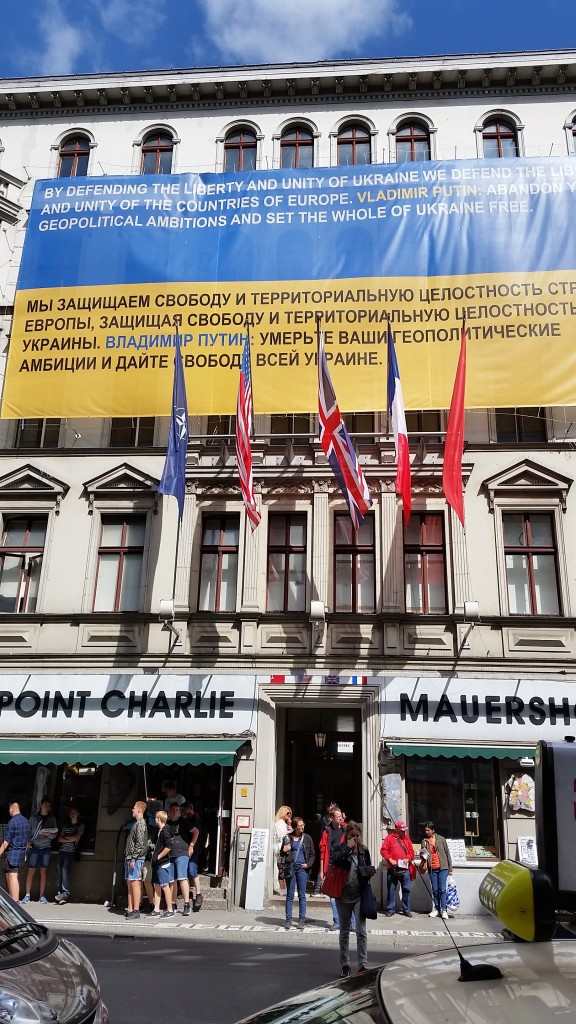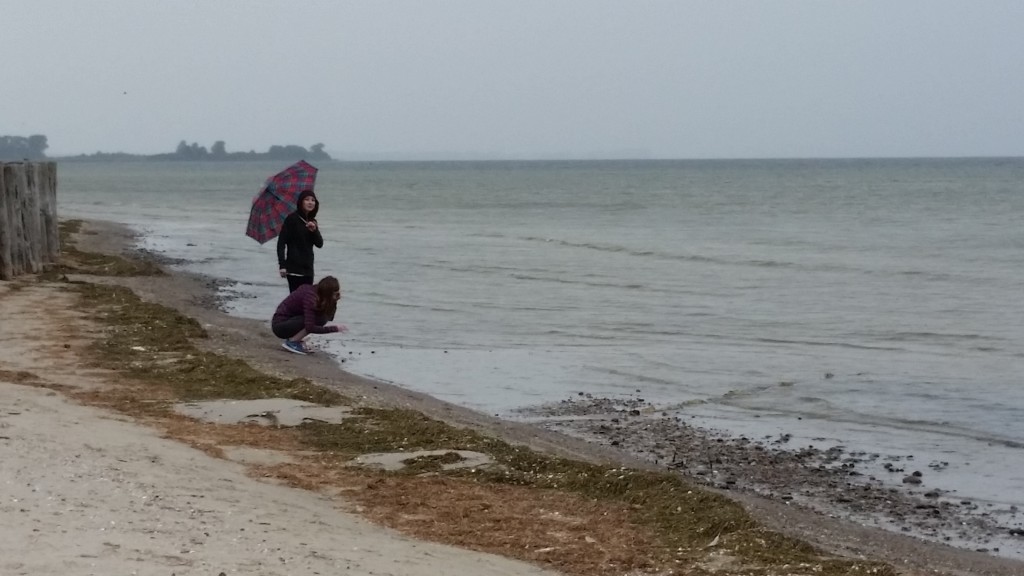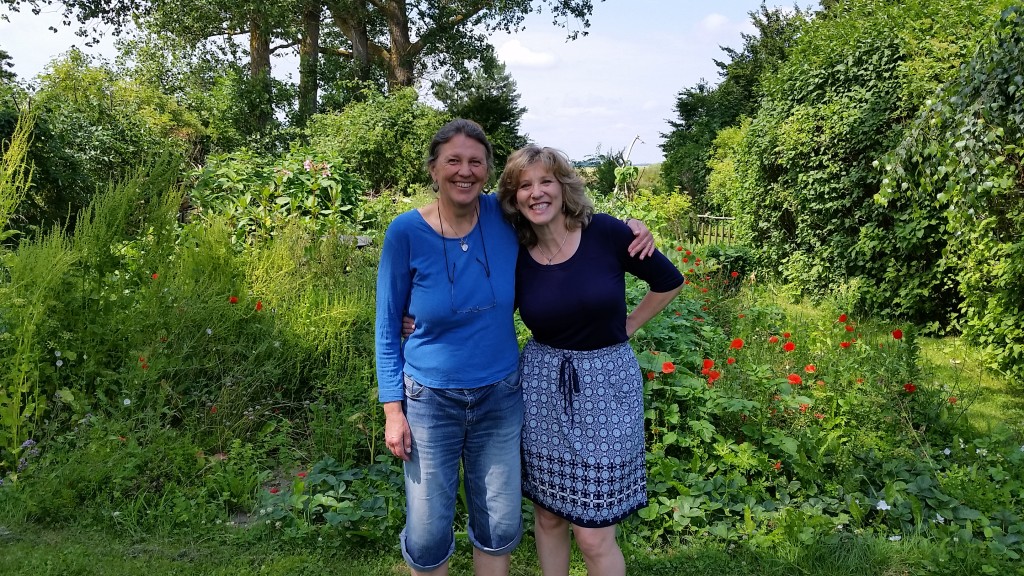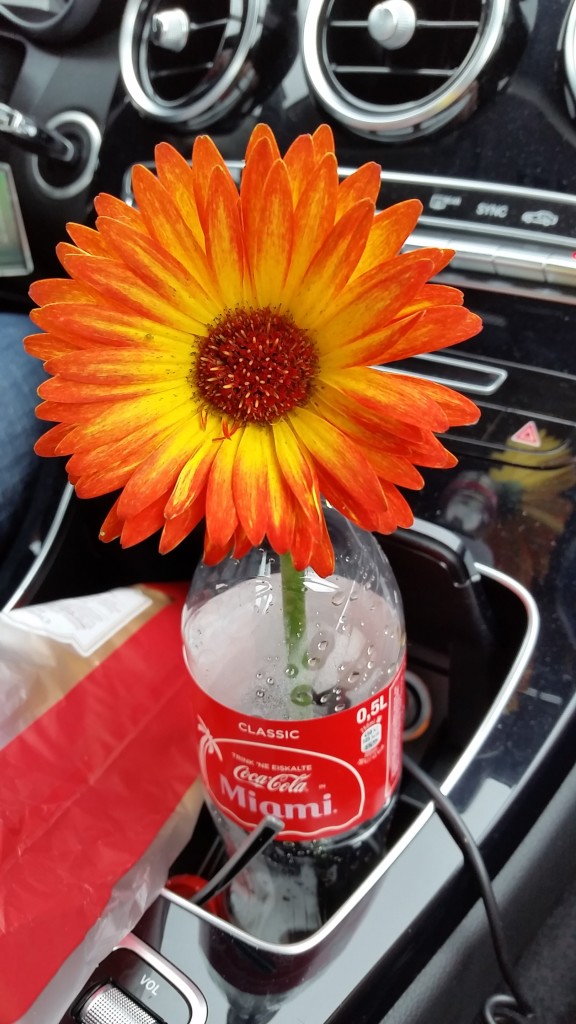We interrupt this blog stream to bring you the latest. We have an explosive problem in America today…not a new one, but one that has been allowed to fester in darkness. Now we have a “president” who adds fertilizer to the problem, which has just boosted its growth. But the first step to killing this weed is to call it what it is. It is not an “alt-right movement.” It is RACISM and it cannot be euphemized into submission. There is no “alt-right”–that’s a name invented by racists to minimize and normalize their deplorable scummy hatred. QUIT USING THE WORD THE CRIMINALS USE TO HIDE THEIR CRIMES.
The media has enabled these losers long enough. But do we or do we not know a jackass when we see one? Who’s in charge here? WE ARE.
But when jackasses get a little attention, they get bolder and stupider. And dangerous. So these cowards marching with torches and flags and other B movie props that make them look like children indulging in a make-believe battle on some vacant lot of their misspent childhood deserve to be laughed at. Quit fearing them — that empowers them. Because the ignorant hate being challenged, pointing and laughing at them might slow them down a bit. Think about how you are filled with self-doubt when someone laughs at you. Even if makes you angry, you pause a moment. And in that moment, we need to educate them.
It is not an easy job but we need all hands on deck. Rule #1: Don’t engage in debate with them. There is no justification for any reason they might throw at you. They are scared and stupid and have no better communication skills than tantrum pitching.
The problem is, their tantrums are lethal. But there are more of us who love truth and justice. They are no match for our truth. But it’s up to us to deliver the victory.
Because they are dumber in groups (like most of us) I think we need a strategy to dilute them as a collective. They thrive on the optics of a mad mob marching in a big block, which the media loves to broadcast, and that perpetuates the cycle because the weaker losers at home watching these clowns think, “That looks badass. I’m going to join them.” And the bigger the crowd, the easier it is for the wimpy ones to disappear among the boisterous. Again, the result is better optics for the racists.
We don’t need a president. WE are America and we know what to do to honor our ideals.
So what if peace-loving people just, you know, got in there between them. What if instead of blocking them, we just walked silently beside them? Muffle their bullshit by spreading them further apart. In this symbolic way, we could accompany them toward the light. As more of us circle each one, they get surrounded by peace-loving people and that breaks up their collective voice.
I had a boyfriend who worked in a group home for the mentally ill. He told me the worst problem with group homes is that the healthy people are outnumbered, so the ill feed off each other’s sickness, which just makes everyone sicker. The more effective strategy is to surround the sick individual with many healthy people and support their healing. So the ideal group home would have 1 sick person and 5 or 6 therapists.
This sounds repulsive when we consider the sickness of racism. But racism is a disease, and the only way to cure it is germ by germ.
This is almost impossible when you have a racist at the helm of the nation excusing these guys and blaming their victims in the process. So ok, America, time to own this country instead of waiting for leadership to do their part. Don’t we already have enough evidence that we are not going to get any help from this administration? They are the root of the problem, so quit being disappointed that they aren’t fixing it!
We each need to lead this country in our own circles of influence. We don’t need a president. WE are America and we know what to do to honor our ideals.
So pick them off one by one. If they start talking bile and brimstone, check that shit. Don’t let them get away with euphemizing their stupidity. Make a slogan-free zone around your conversation. And if they come to your town to march, make a plan to infiltrate their shit with love. With Jeff Sessions in charge of the Department of Justice, we are not going to get any help. It’s up to us to BE America instead of just thinking we live in America. That means break up the marches by getting our asses in between them.
Think about the logistics of one big block of people confronting another big block of people. No one’s going anywhere until someone pulls out a weapon. What if our weapons were love and reason and just…physical space? Surround each sick individual with a group of healthy ones. Imagine if each racist had 5 or 6 peace-lovers near him saying, “I am going to walk with you because you are sick and need healing.”
Tell me what you think and let’s stay in touch.
















